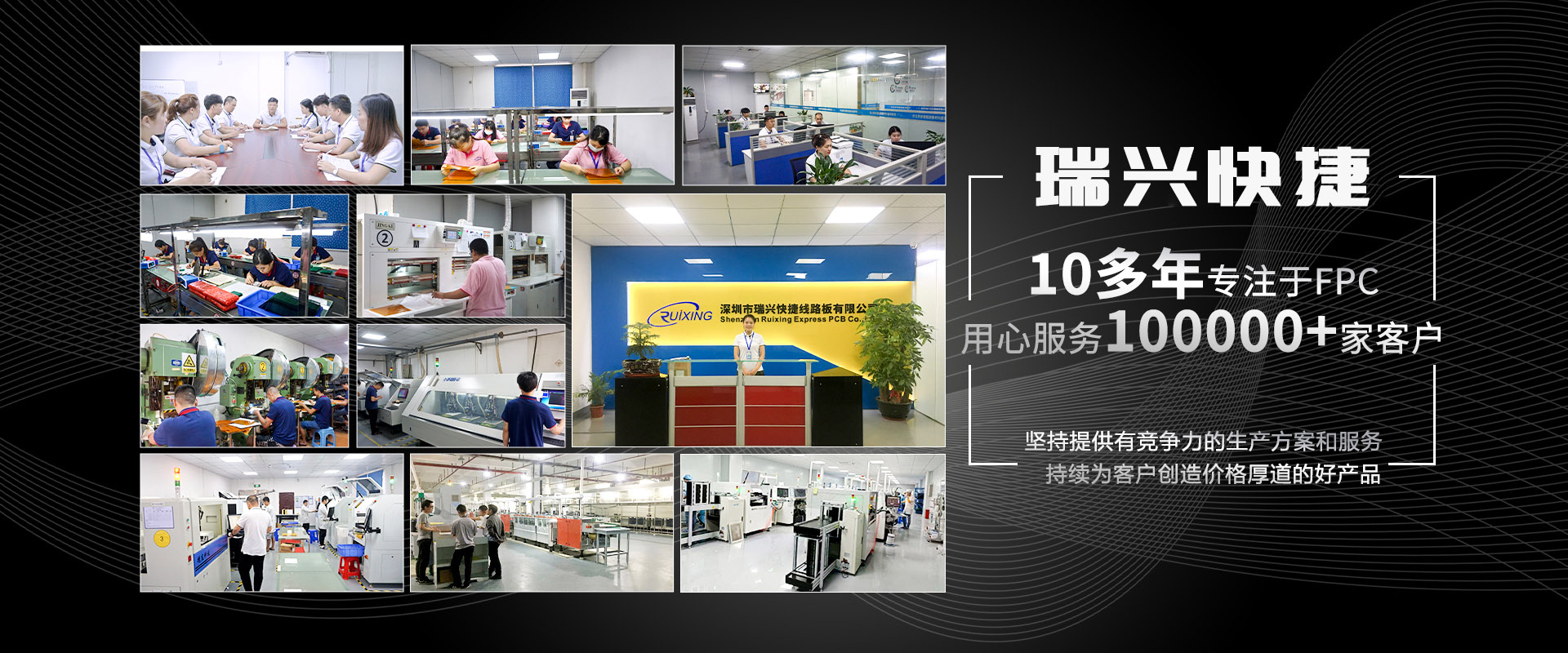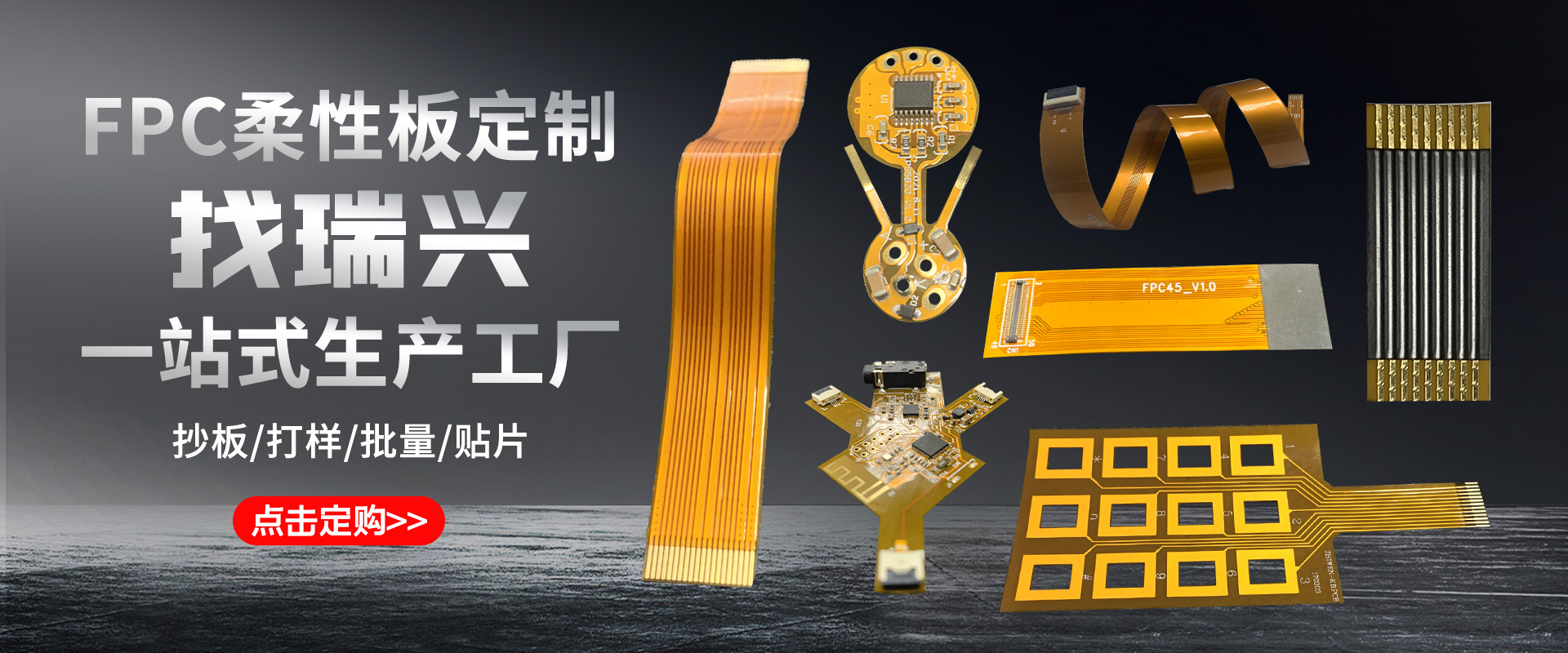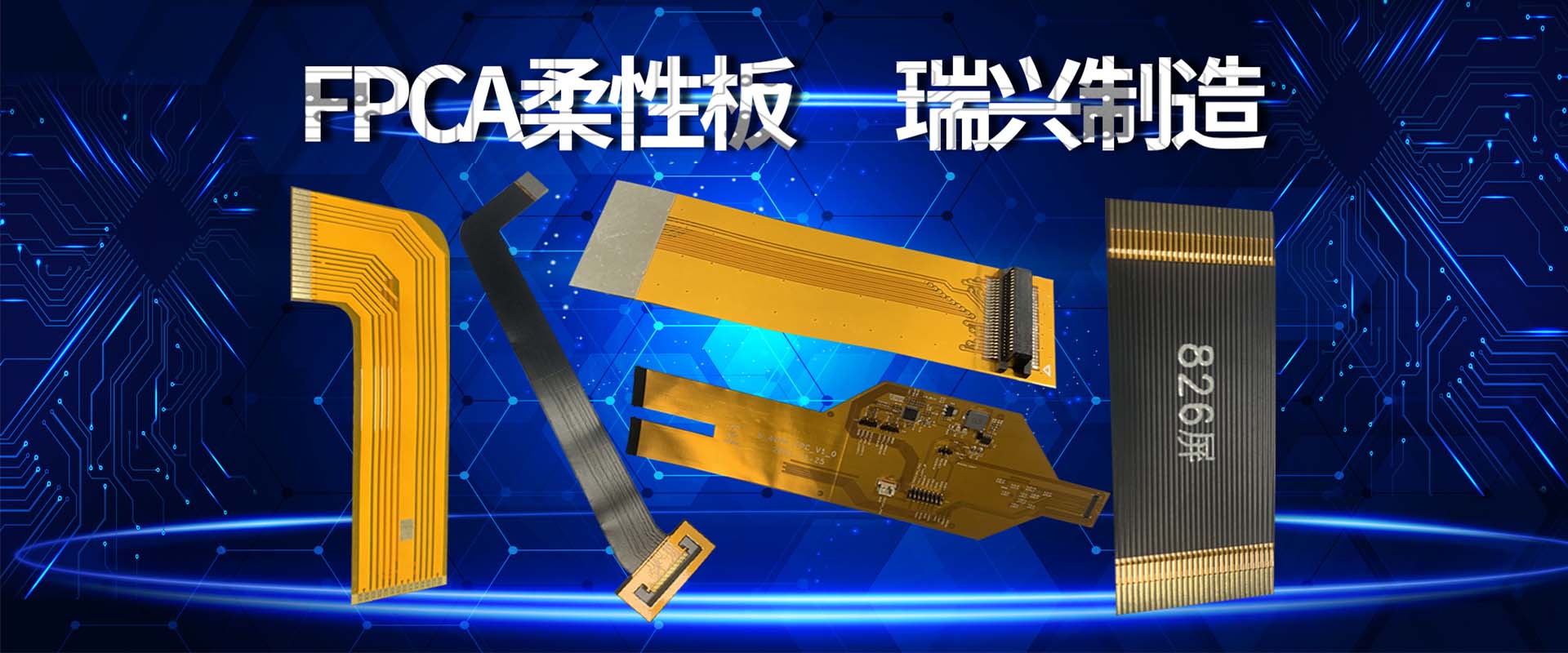
How to distinguish the quality of FPC circuit board
FPC, also known as flexible circuit board, flexible circuit board, referred to as soft board; A printed circuit with high reliability and excellent flexibility is made of polyester film or polyimide as the base material and etched on copper foil to form a circuit. Flexible circuit board has the characteristics of small size, light weight and high flexibility; It belongs to special plate, with certain technical threshold and operation difficulty, and high cost. So, what are the methods to distinguish the quality of FPC circuit board?
First: Identify the quality of FPC circuit board from its appearance:
1. Standard of size and thickness.
The customer can measure and check whether the product conforms to the thickness and specification specified in the production drawing.
2. Light and color.
All circuit boards are covered with ink. If the color of the board is not bright and there is little ink, the quality of the board itself is poor.
3. Weld appearance.
Due to the large number of parts on the circuit board, if the welding is not good, the parts will fall off easily. Careful identification can make a preliminary judgment on the quality.
Second, high-quality FPC circuit boards have the following requirements:
1. It is required that the components should be easy to use after installation, that is, the electrical connection should meet the requirements;
2. The line width, line thickness and line distance of the line shall meet the requirements to avoid heating, open circuit and short circuit of the line;
3. The copper sheet is not easy to fall off under high temperature;
4. The copper surface is not easy to oxidize;
5. No additional electromagnetic radiation;
6. The appearance of the circuit board is not deformed, and the error of its hole position and circuit design is within the allowable range;
7. It is required to be resistant to high temperature, humidity and special environment;
8. Meet the installation requirements of mechanical properties.







